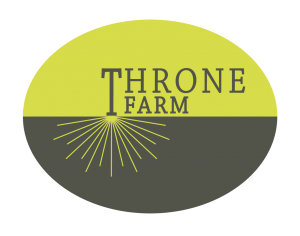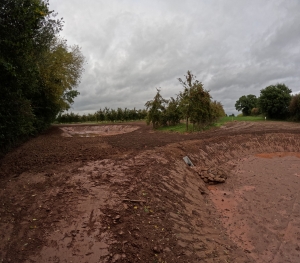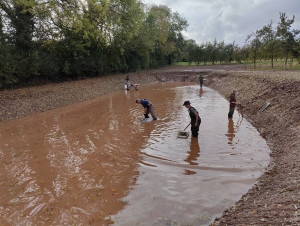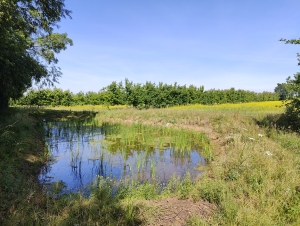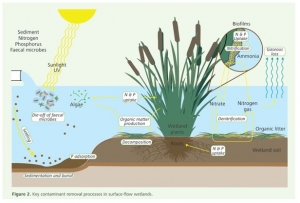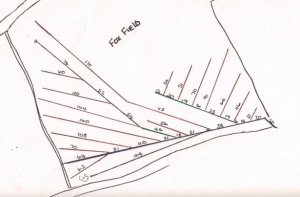
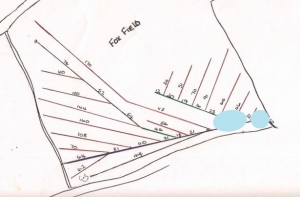
The objective of the wetland is to intercept any nutrients escaping from our farm in groundwater, which mainly leaves in field drains.
So long as our soil does not get washed directly into watercourses, this goes some way towards net zero nutrient depletion from our farm and contributes towards improving river water quality.
Field drains are generally arranged “herring bone” style, exploiting field contours to assist in efficient removal of excess water from the soil via capillary action. They consist of perforated pipes that are buried in approximately 75cm deep trenches, with some stone, then soil, on top of them.
We opened up our main land drain in Fox field, allowing it’s water to flow into our first wetland pond. It very slowly reaches a large pipe at the opposite end that discharges into the second pond and from this purified water drains into a ditch.
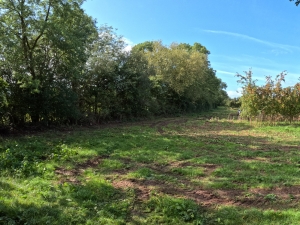
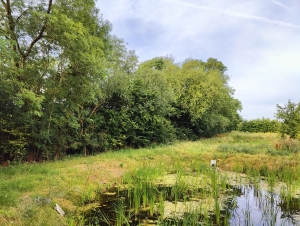
A clay lining retains the water within the shallow ponds as it takes around a week to flow just below horizontal, across the system.
Water loving greenery such as reeds, rushes, sedges, plantain iris and mint were planted to fill the ponds as they scavenge and filter nutrients from the water and slow down it’s flow.
A large shallow surface area allows high exposure to UV radiation, should organic pollutant breakdown and pathogen removal be required.
This is backed up by a boosted aerobic microbial population.
Finally there are areas that allow suspended sediment to settle out from the water.
Our wetlands also act as attenuation ponds that effectively hold water back to minimise localised flooding.
